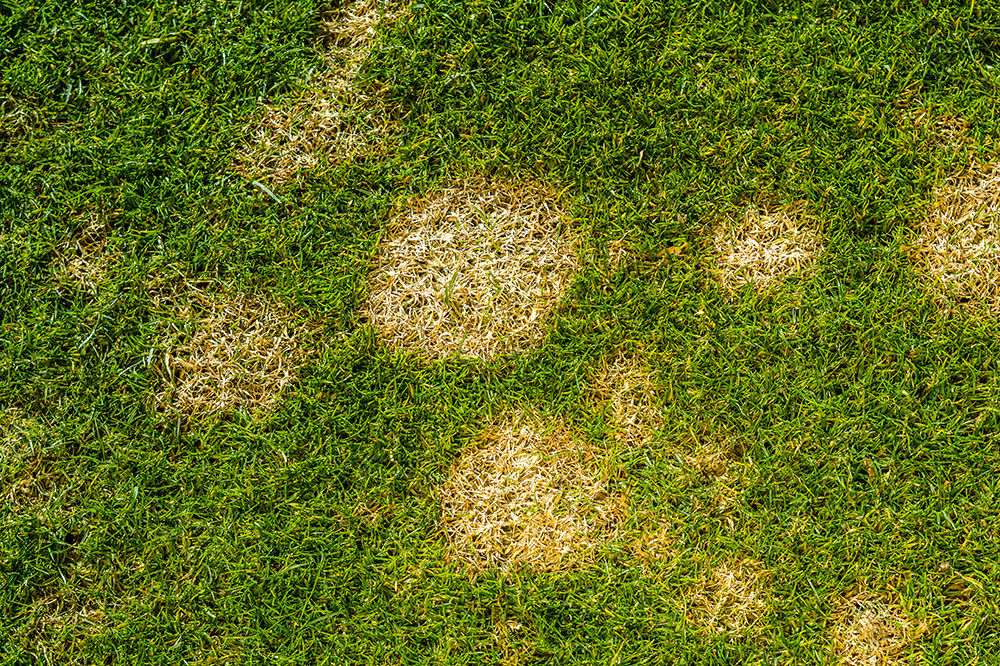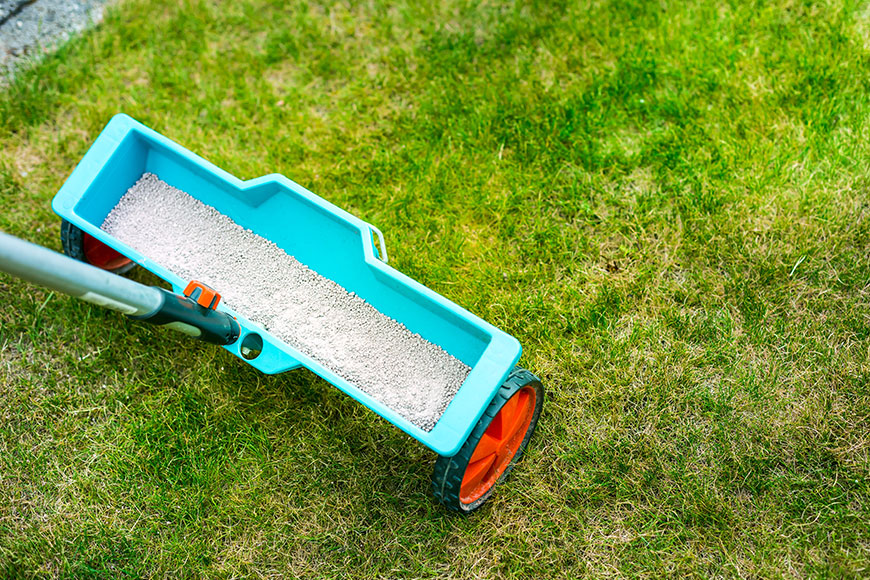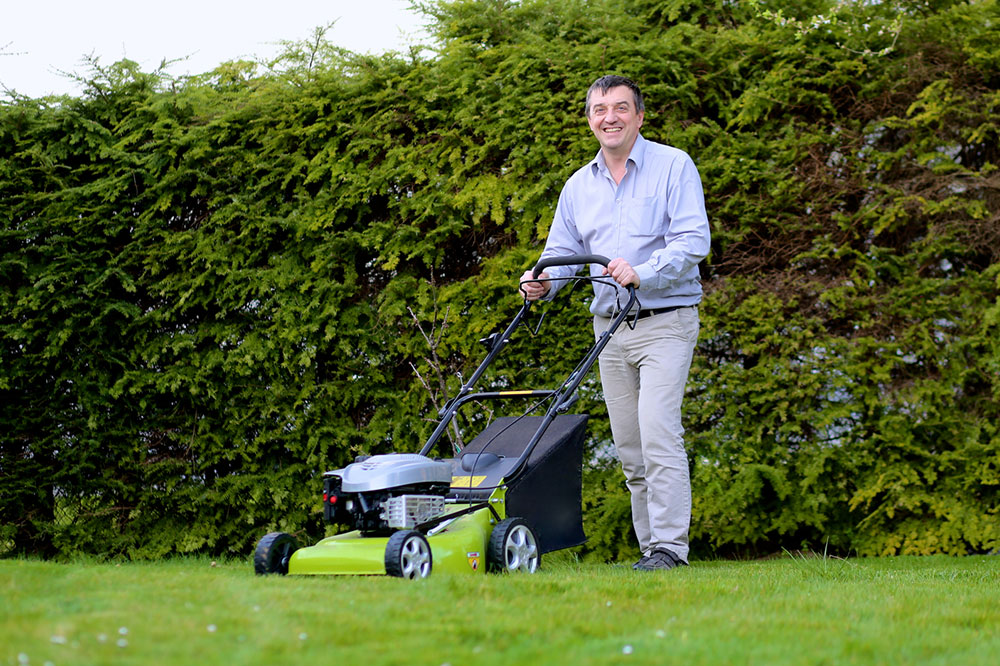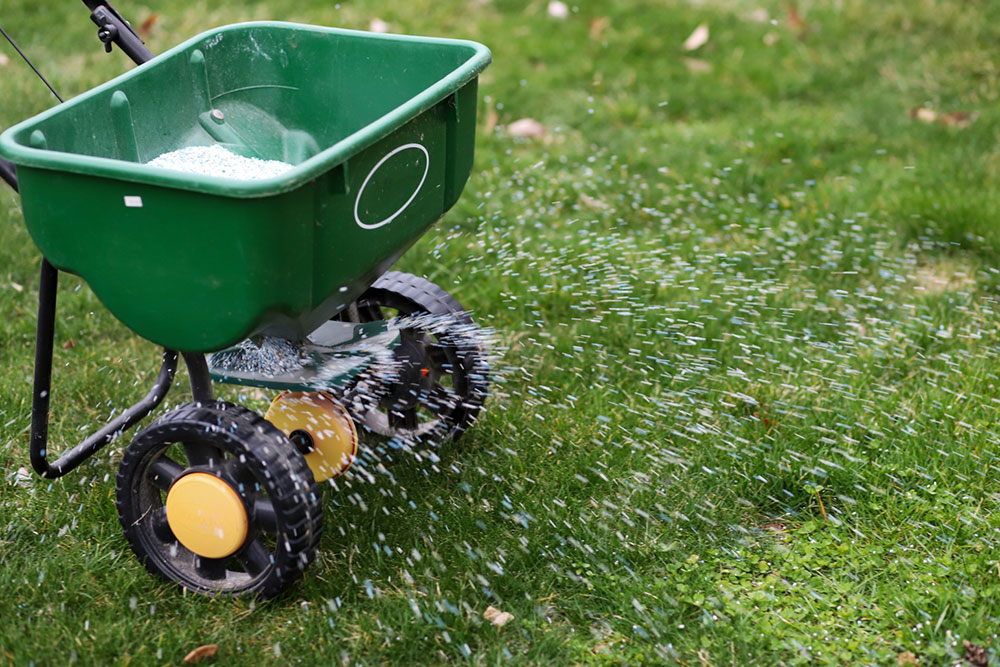Mastering Lawn Dressing: Key Types, Benefits, and Application Tips
This guide covers essential aspects of lawn dressing, including types like sand, compost, and topsoil, along with their benefits. It offers practical tips on application while emphasizing the importance of proper techniques. Ideal for homeowners and landscapers, it highlights how lawn dressing improves soil health, drainage, and turf vitality for a lush display.

Introduction to Lawn Dressing: Types and Benefits
Lawn dressing is the process of adding a layer of organic or inert material to improve soil health and support better turf growth. Popular materials like sand, compost, and topsoil, or their blends, help create lush, healthy lawns. This technique reduces weed growth, lowers fertilizer reliance, and enhances overall landscape appeal and resilience.
Different Types of Lawn Dressing
Sand: Excellent for sports turf, sand improves drainage, levels uneven patches, and aerates the soil. Its permeability prevents excess moisture accumulation, especially in rainy regions.
Compost: Nutrient-rich compost enhances soil fertility and texture. It retains moisture effectively and promotes vigorous plant health. Home composting of kitchen waste offers an eco-friendly source.
Topsoil: Perfect for repairing small areas or leveling lawns, topsoil supports root development by enabling proper water flow and preventing erosion.
Mixes: Commercial formulations combining sand, compost, and topsoil provide a tailored balance of drainage, nutrients, and surface smoothness, customizable based on lawn needs.
Advantages of Lawn Dressing
Improves aeration: Loosens compacted soil, allowing better air and water movement.
Increases nutrients: Helps retain vital nutrients, fostering healthier turf.
Boosts microbial life: Stimulates beneficial microbes that break down organic matter and release nutrients.
Enhances drainage: Prevents water buildup, protecting roots and reducing soil erosion.
Decreases fertilizer need: Organic layers provide essential nutrients, reducing chemical fertilizer dependency.
Although labor-intensive, lawn dressing offers lasting benefits. Small patches can be DIY-treated, while larger areas benefit from professional service. Proper application and moderation are important for best results.Note:
Expert consultation is recommended for tailored advice. While this overview provides useful insights, local soil and climate conditions may affect outcomes. Use appropriate tools and materials for your lawn to ensure success.


